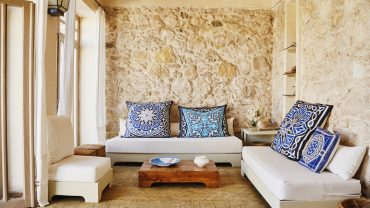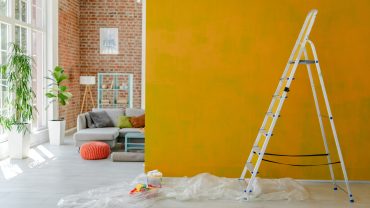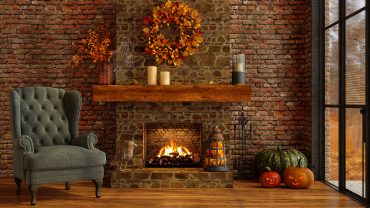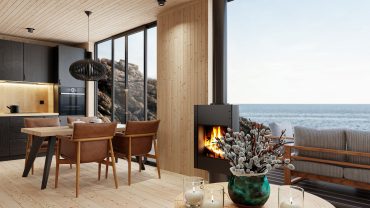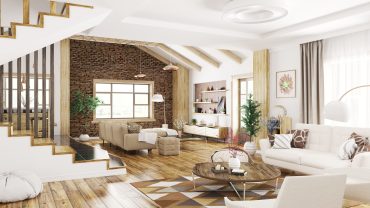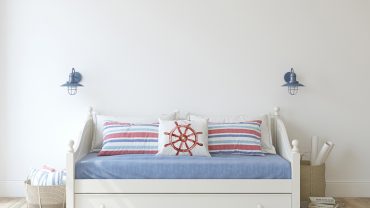Interior decorating often comes wrapped in glossy rules, whispered dos and don’ts, and a generous helping of hearsay. Over time, these so-called truths have settled into the collective imagination, influencing how spaces are decorated, furnished, and styled. But when examined closely, many turn out to be little more than decorating myths. Some are outdated, others are amusing, and a few are surprisingly stubborn.
From colour choices in small rooms to the “rule” that everything must match, this myth-busting guide reveals the truth behind interior design’s most persistent fallacies.
1. Only Light Colours in Small Rooms
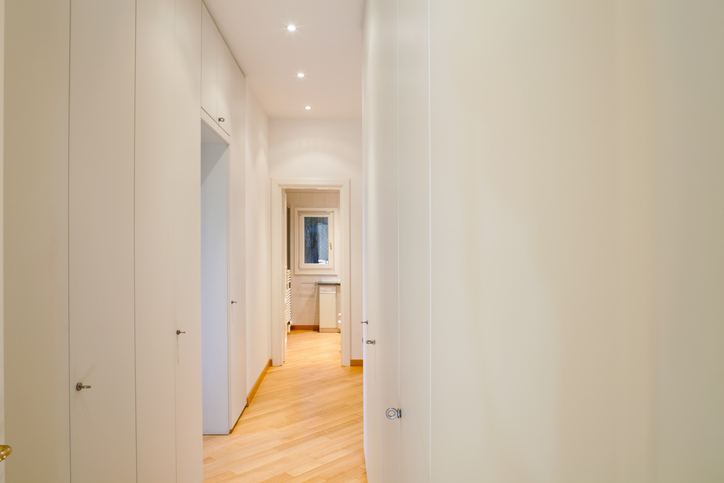
Do bright colours make narrow spaces appear larger? (Credit: piovesempre via Getty Images)
Sometimes, decorating myths are extreme interpretations of sound thinking. One example? That only light colours belong in small spaces. It’s based on the consensus that brighter surfaces make a space appear larger. Painting an entire room white will therefore make it seem more spacious. That much is broadly true, but making a room look as big as possible isn’t always the goal. What about making a narrow room look wider or shortening a thin corridor? That requires a more nuanced mix of light and dark. It’s about shaping a space by highlighting certain areas. For instance, in the narrow room example, lightening the side walls while keeping the end walls darker will stretch the perceived width, creating balance without simply enlarging everything at once.
2. Everything Must Match

Not everything has to match perfectly (Credit: Vostok via Getty Images)
One of the most stubborn interior design myths? That every element – from fabrics to finishes – must match perfectly. Yet great design isn’t about making everything look the same. Rather, that there should be a central thread connecting it all. Whether that’s complementary undertones, echoed shapes, or recurring ideas, such shared characteristics can unify a wide mix of styles, textures, and materials.
3. Neutral Means Boring
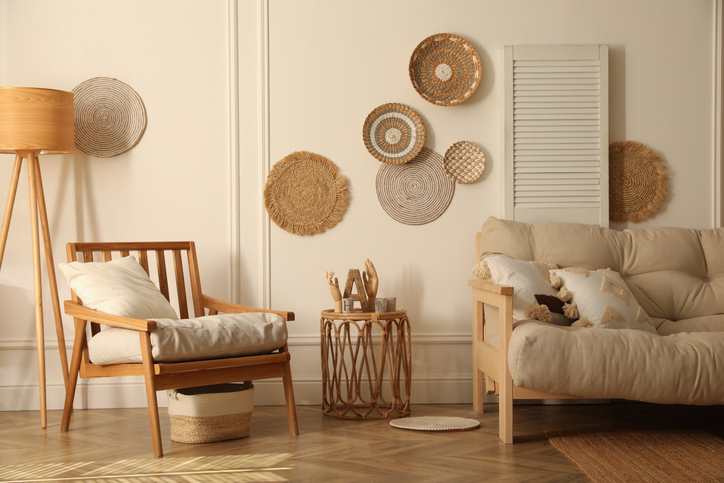
Neutral tones but full of character (Credit: Liudmila Chernetska via Getty Images)
The notion that neutral palettes are dull is another enduring interior design myth. In truth, shades of beige, taupe, and grey can create a flexible backdrop that allows texture and form to shine. A linen sofa, a wool rug, or a timber coffee table can bring warmth and tactility, proving that neutrals are anything but lifeless.
4. Patterns Overwhelm Spaces
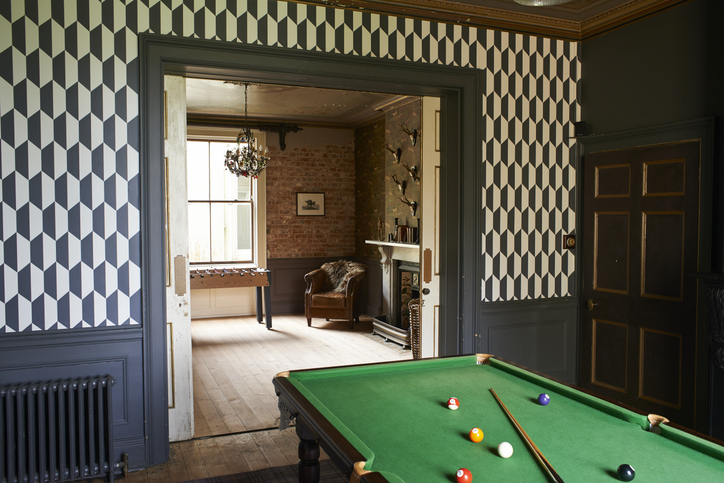
Bold patterns can inject personality into a space (Credit: Paul Viant via Getty Images)
Patterns often receive unfair suspicion, as though they will instantly dominate a room. In fact, as long as they are proportionally balanced, they’re an instant style injection of personality.
5. Open-Plan Living Works Everywhere
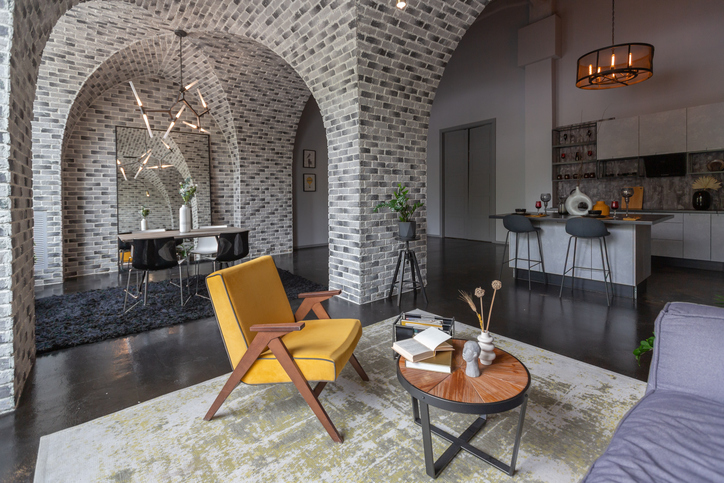
Zoning helps to break up open plan spaces (Credit: 4595886 via Getty Images)
Among the most persistent decorating fallacies is that open-plan living is the pinnacle of modern style. While such layouts can be bright and connected, they’re not universally practical. Noise, privacy, and zoning can become challenges. Semi-open layouts or flexible partitions sometimes serve better, proving that even the most celebrated trends are not a one-size-fits-all solution.
6. Old Homes Cannot Be Modern
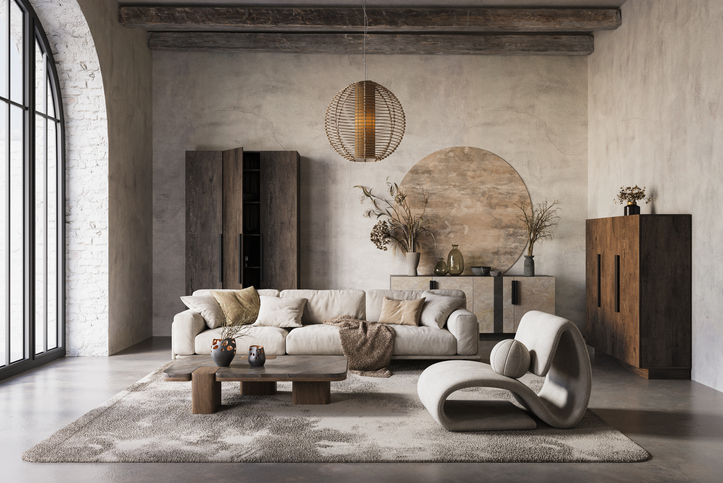
Modern design elements in an older property (Credit: Vasyl Cheipesh via Getty Images)
One of the more stubborn decor myths suggests that heritage properties must remain frozen in time. In fact, pairing contemporary elements with traditional bones often enhances both. A sleek kitchen in a Victorian terrace or bold lighting in a Georgian townhouse can create striking juxtapositions that highlight history rather than erase it.
7. Metallics Clash When Mixed
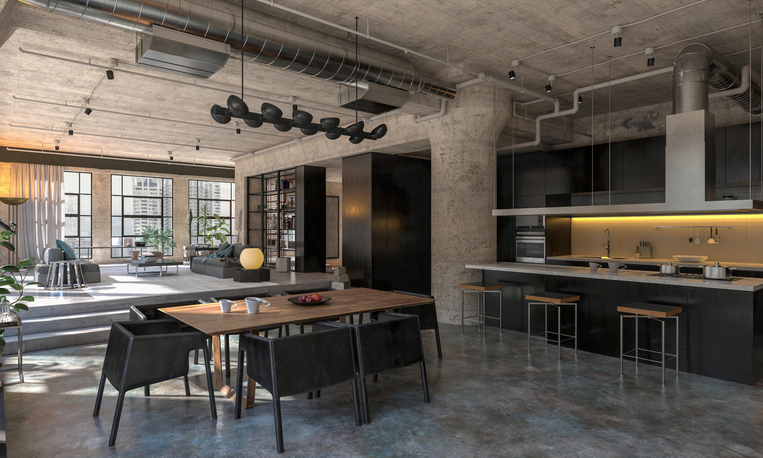
Mixing metals can work if the decor is balanced (Credit: Wang ruiping via Getty Images)
Mixing metals has long been dismissed as chaotic, yet combining brass, chrome, and copper can produce layered richness. The trick lies in repetition and balance, ensuring each finish appears more than once. Rather than discord, the result is often depth and cohesion.
A similar example of such decorating fallacies persists regarding wood; namely that only one type of wood should be used in a room. Yet mixing wood tones can add visual interest and balance.
8. Minimalism Equals Coldness

A minimalist yet inviting space (Credit: Westend61 via Getty Images)
Minimalist spaces are often branded as stark or unwelcoming, a misconception that lingers as one of the most misunderstood interior design myths. True minimalism values clarity and calm, not austerity. Warm wood finishes, soft textiles, and ambient lighting can transform a pared-back space into one that feels serene and inviting.
9. Bigger Furniture Overcrowds Small Rooms
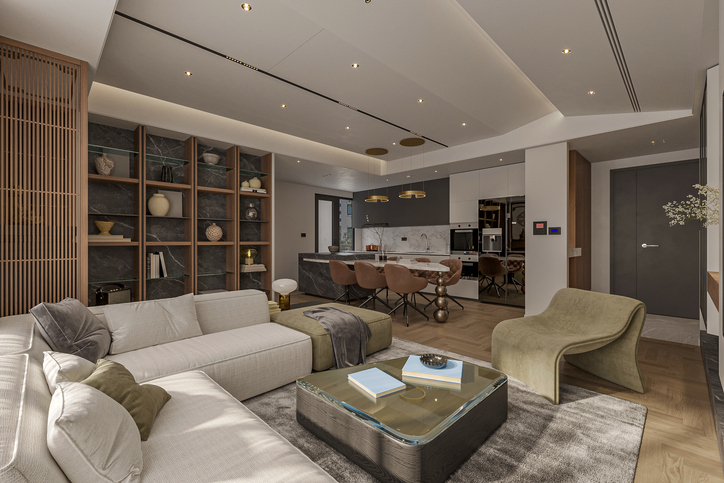
A big modular sofa yet still in proportion (Credit: Saiful Islam via Getty Images)
Conventional wisdom suggests small spaces require small furniture. Yet too many small pieces can make a space feel cluttered. Conversely, a single bold sofa may provide better proportion and flow than several petite pieces. The lesson here is that harmony comes from proportion rather than size alone.
10. Each Room Must Have Its Own Colour Scheme

There are no rules where colour is concerned (Credit: Mint Images via Getty Images)
The idea that every room needs a wholly unique palette is another outdated belief. While variety can be appealing, enforcing strict separation often fragments the home. Subtle echoes – such as recurring accent colours or shared textures – can create cohesion while still allowing individuality.
11. No Rugs in the Dining Room
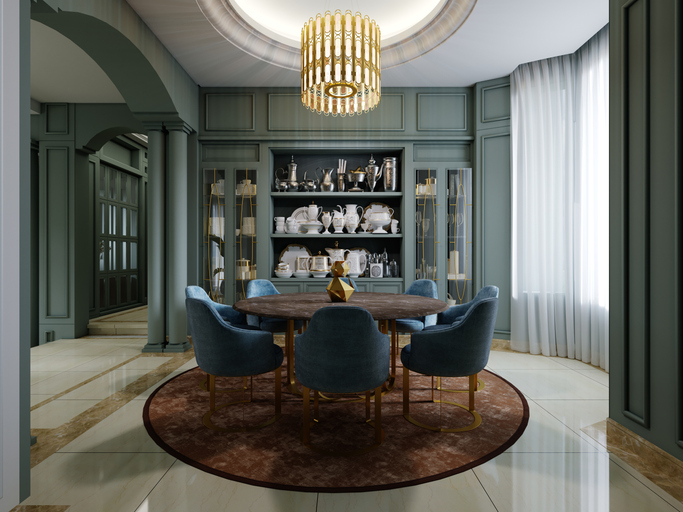
Rugs are allowed in the dining room (Credit: Peter_visual via Getty Images)
Some decorating fallacies suggest that rugs are impractical beneath dining tables. In reality, the right rug can anchor a dining zone, improve acoustics, and add warmth. Choosing a low-pile, easy-to-clean material ensures function and style coexist comfortably. Some are even stain resistant or washing-machine-friendly.
12. Pets and Children Mean Sacrificing Style

As long as everything is durable and washable... (Credit: The Good Brigade via Getty Images)
Perhaps the most relatable of interior design myths is that stylish interiors cannot survive the presence of pets or young children. In truth, durability need not mean dullness. Washable fabrics, robust finishes, and clever layouts allow for both practicality and flair. Style and family life can complement rather than exclude each other.
13. Decorating Has Rules Set in Stone

The rules are...there are no rules (Credit: Mint Images via Getty Images)
Perhaps the greatest of decor myths is that decorating is governed by hard rules. While design principles guide balance and proportion, they’re frameworks, not laws. Memorable interiors often emerge from bending, blending, or breaking these guidelines.
Separating Lore From Decor
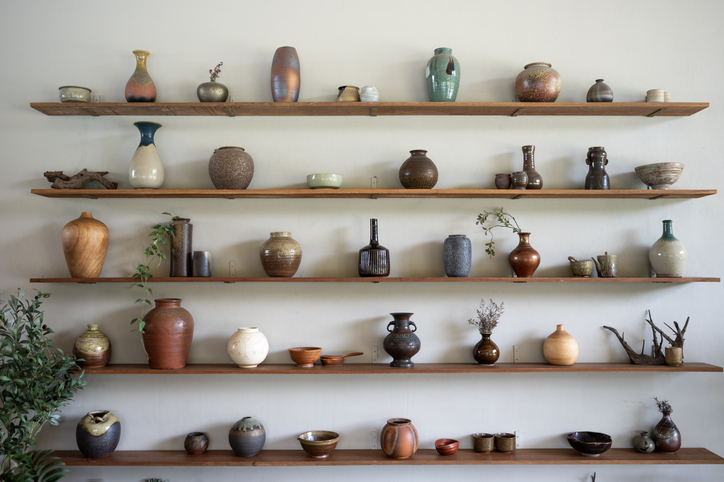
If you want to display dozens of ceramic vases, feel free! (Credit: kampee patisena via Getty Images)
Decorating myths can be surprisingly stubborn, passed down as truths when they’re little more than folklore. From colour choices to open-plan layouts, many of these misconceptions dissolve under closer scrutiny. Others are rigid interpretations of helpful guidelines. Ultimately, homes thrive on flexibility, personality, and imagination. Rather than rigid rules, it’s creativity, context, and experimentation that shape the most inspiring spaces.


